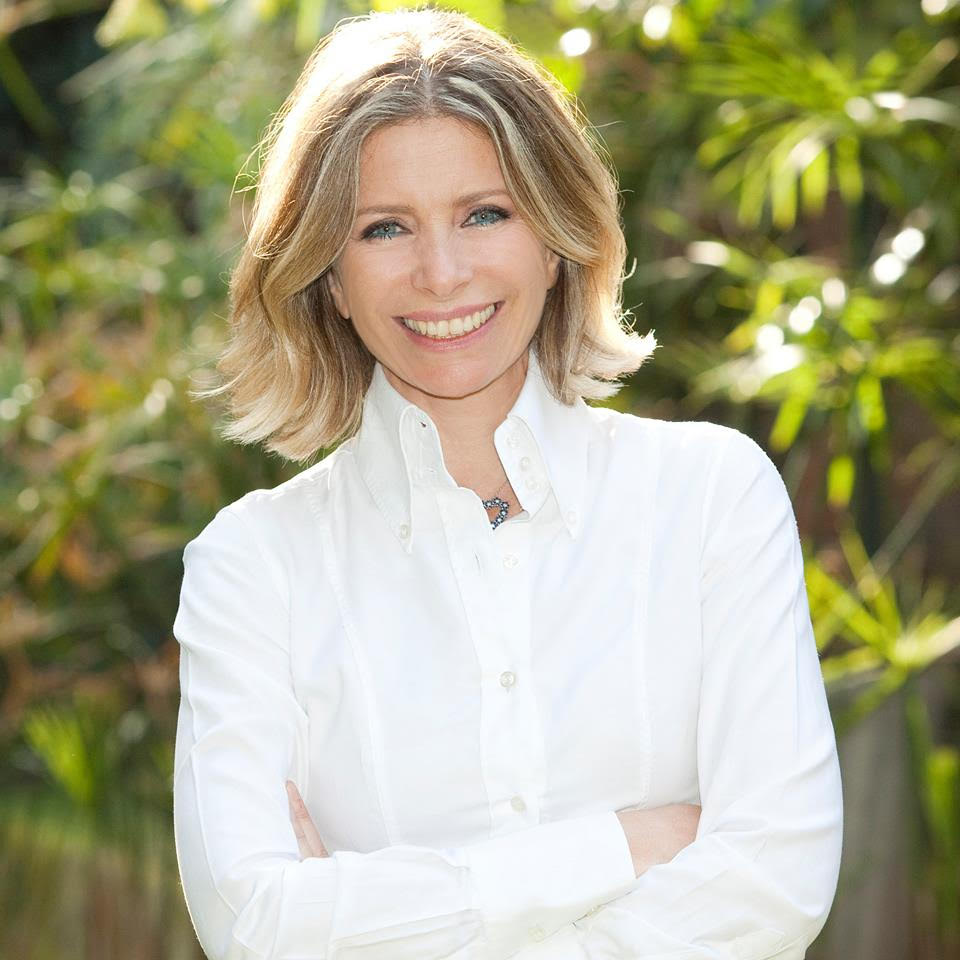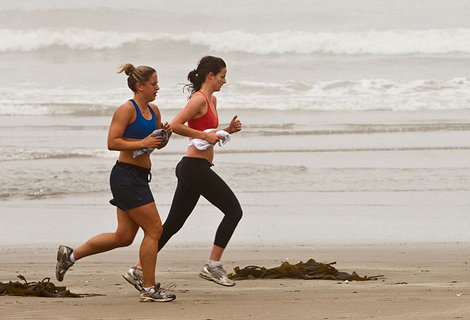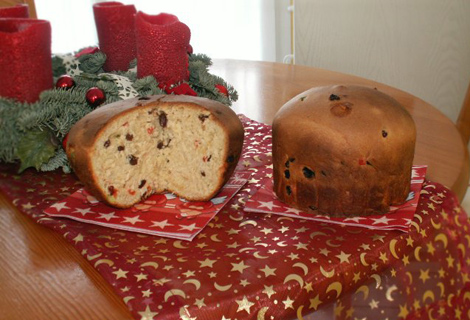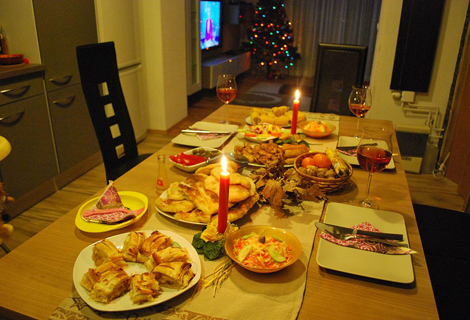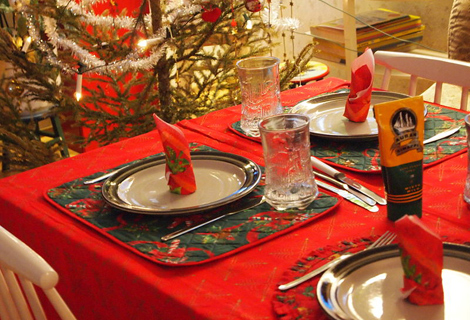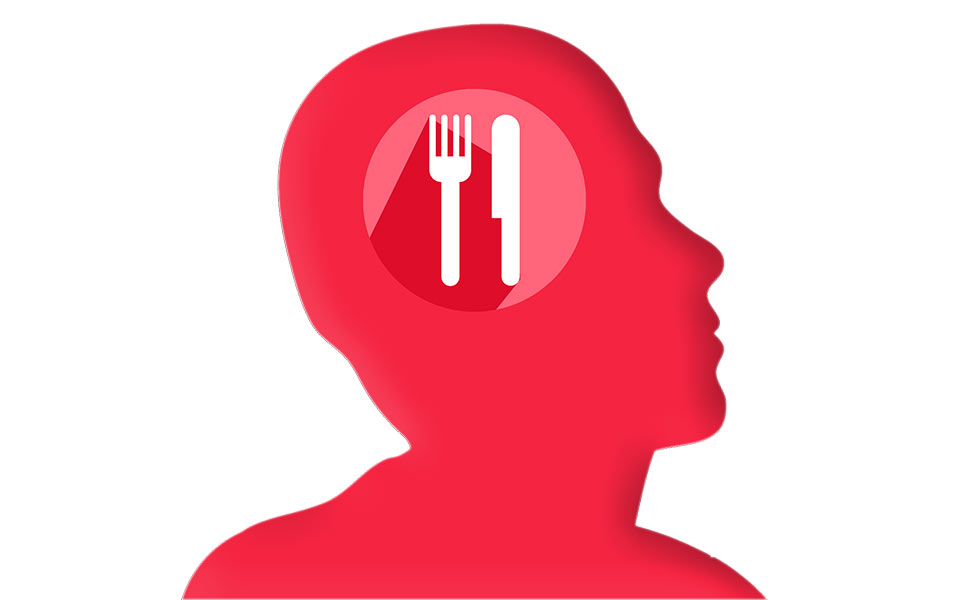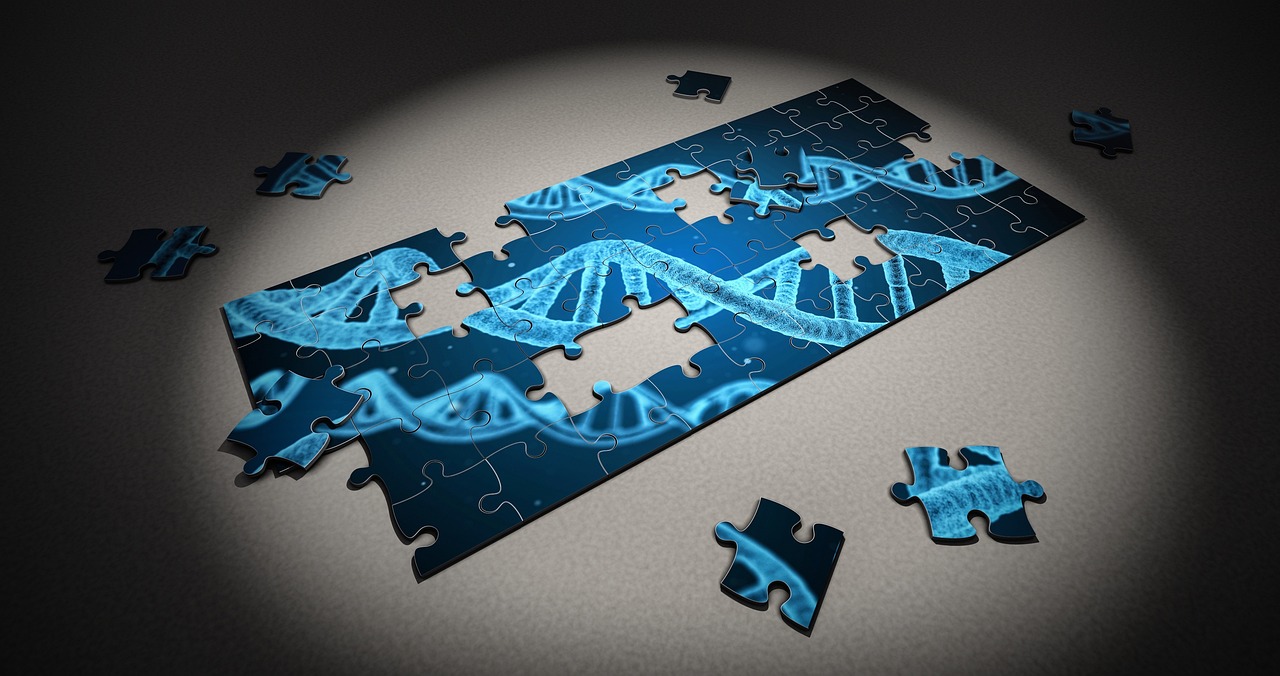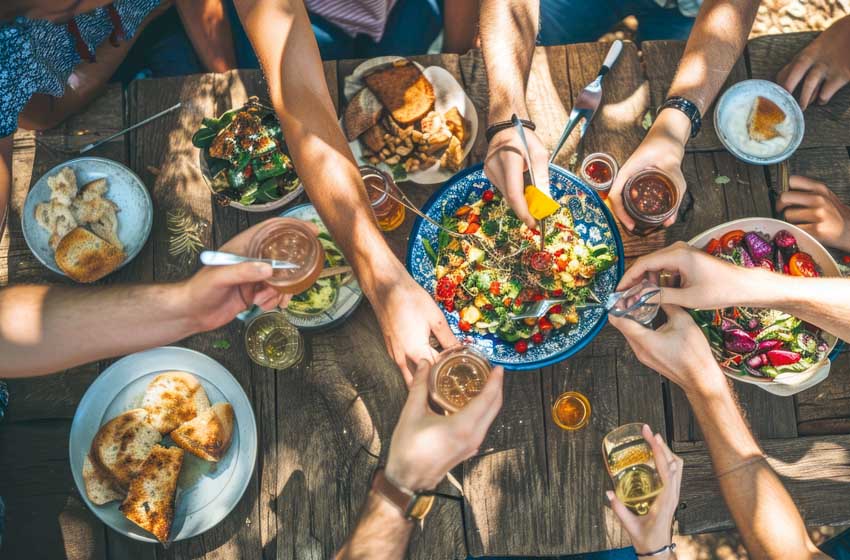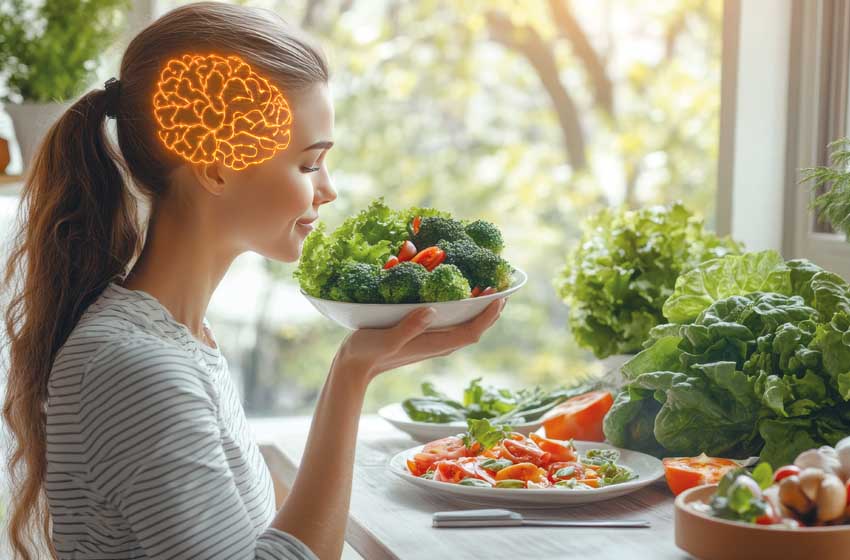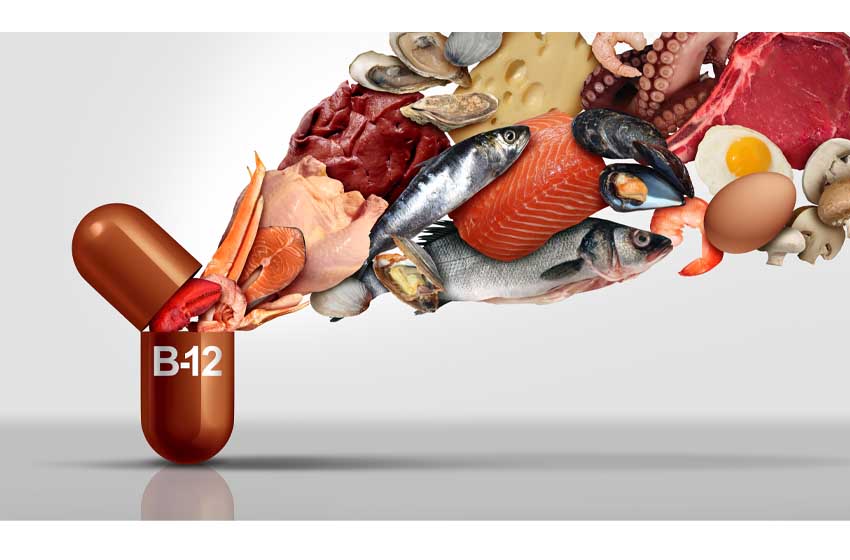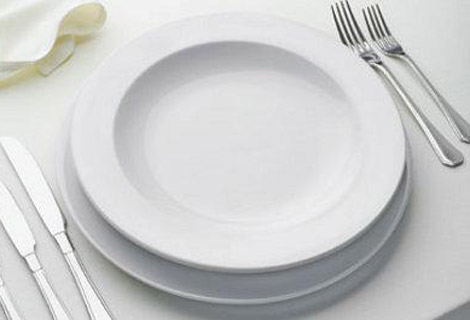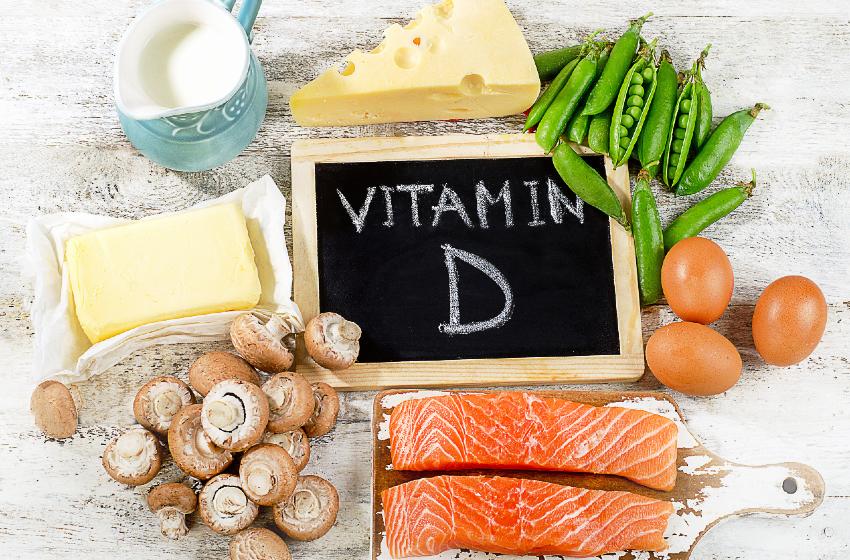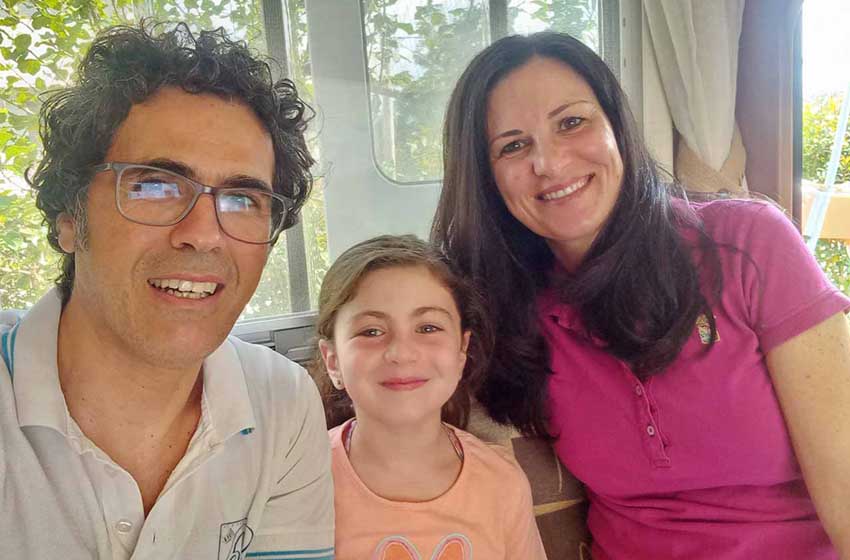What to eat at Christmas is a worry for many of us. This is because the kilos gained (two per average person) tend to remain in the following months, and this time the fault is not entirely ours, but also a little bit of biology. In fact, with the increase in the hours of darkness, our biological clock begins to program the hormones towards a reduction in basal metabolism and the consequent accumulation of fat. This represented an undoubted evolutionary advantage for our species, because burning fewer calories means having a better chance of surviving the food shortage typical of the winter season, and having greater fat deposits guarantees protection from the cold.
However, we are not necessarily destined to accumulate fat during the holidays. We can, with some precautions, enjoy Christmas specialties and keep the balance stable.
Tips and tricks on what to eat at Christmas
Eat like skinny people do
Have we noticed that even thin people normally eat bread, pasta, sweets, and all that very long list of foods considered forbidden and therefore unapproachable? Yet they are thin! How is it possible?
Simply put, skinny people eat all these foods downtown the limits of their daily calorie needs, or, when they exceed, they immediately compensate by reducing their calorie intake on the same or next day, or by increasing unplanned physical activity (click here to find out more about the role of thermogenesis induced by unplanned physical activity in total energy expenditure.
Eat when you are hungry
Indeed the real secret to maintaining a healthy body weight is to eat when you are hungry, and stop when you are full (and not full like a wineskin!). It's really that simple. But to do this you need to be in contact with your body, you need to "feel yourself" and recognize the internal signals of hunger and satiety.
A first question to take into consideration is of a psychological nature: if we have learned to divide foods into "forbidden" and "permitted" ones, the former become desirable regardless of how much we want them at that precise moment (because perhaps we are full), but only insofar as they are prohibited.
It is not a case that teenagers who start worrying about food, that is, thinking about food in terms of calories and how much it does or doesn't make you fat, have a 2-3 times greater risk of becoming overweight or obese and a 12-18 times increased risk of developing an eating disorder, compared to those who do not worry about food at all.
If we think of a slice of panettone or a piece of nougat as forbidden foods because they are "fattening", it will be normal, when we come under fire, to eat them in excess, because anyway, "from tomorrow" or "from Monday", we won't have any we will eat more. Actually, There is nothing wrong with occasionally giving in to some temptations, if we remember to balance them with healthy choices at the same meal or throughout the rest of the day.
Experimenting with a new way of eating at Christmas
So Christmas becomes an important moment in which to experiment with a way of eating that respects taste and health.
After a hearty Christmas Eve dinner, for example, it should come naturally to skip breakfast, and after a rich Christmas lunch it should be natural to avoid dinner altogether, perhaps replacing it with a digestive herbal tea or a nice canary.
We compensate for the increase in calories ingested by increasing physical activity. It's not about going to the gym or doing extreme sports; just go out for a brisk walk or do household chores to burn excess calories and stay away from the kitchen.
Some "ideas" to bring to the table
Practical measures
- let's sit as far away as possible from the starter plates or the buffet table
- while we are at the table, let's get up to help clear the table or go and talk to someone, staying away from the table helps us eat less
- let's enjoy small portions once or twice per course, but let's not indulge a third or fourth time, let's remember that other dishes await us with which to fill us up
- we are selective, we only eat what we really like without being afraid to refuse: we can explain that we are leaving some room for the food that will come
- if we host, we plan the menus in advance in order to avoid excesses (this especially applies to the sweets!). We offer guests any leftovers to take home, perhaps they are better able than us to not indulge in gluttony
- let's stay away from "trigger" foods, those that we can't stop eating. Let's avoid buying them or giving them to third parties so as not to fall into the temptation of tasting them and then find ourselves regretting a binge.
Food tips to combine taste with health
- For appetizer: salad of raw artichokes seasoned with oil, salt, pepper and lemon, chicory, garlic and anchovies, salad of sweet and sour cucumbers, raw cabbage seasoned with raisins and yoghurt, a nice basket of pinzimonio made up of fennel, carrots, celery, radishes, Belgian, radicchio etc. .
- Let's combine good breads low glycemic index (wholemeal with walnuts, figs, raisins or cranberries, or with sesame, pumpkin or flax seeds); being rich in fibre, they are satiating and keep blood sugar levels stable over time.
- As first courses for the eve: Venere black rice with prawns, a pasta and bean soup with calamari, mussels and clams, a salad of spelled, barley and seafood.
- Like fish we prefer non-farmed ones. Being rich in iodine, fish activates the thyroid and helps us "burn off" calories.
- At the end of the meal we serve seasonal first fruits and exotic fruit as a complement to nougat and panettone, they are low-calorie and good alternatives with which to balance the tendency to eat excess sweets. Chocolate lovers could indulge in a melted dark chocolate fondue where they can dip fresh fruit (apple, pear, strawberries, lichis) or unroasted oily fruit (walnuts, almonds, pistachios, hazelnuts, etc.).
Dr. Debora Rasio
Graduated in medicine and surgery and specialist in oncology, director of the II level master's degree in Integrated Medicine at the San Raffaele Telematic University of Rome, author of the bestseller Mondadori “The Diet Not a Diet”, Debora Rasio boasts notable research activity abroad too - among her collaborations is that with the Kimmel Cancer Center of Thomas Jefferson University in Philadelphia. It was precisely her activity as an oncologist and her studies in the field of molecular biology that led her to become interested in nutrition as a tool for protecting health.

